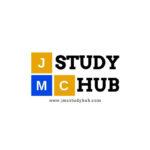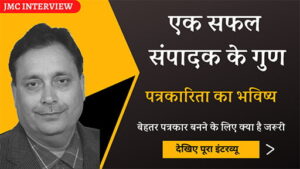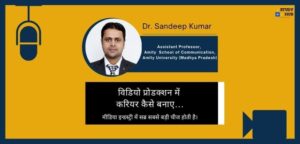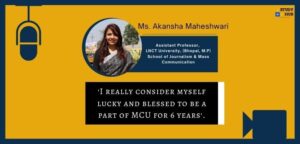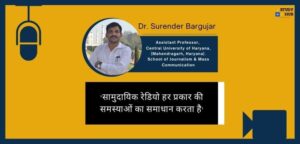The organic model of development demands the beneficiaries to be
(A) Passive participants
(B) Active participants
(C) Neutral
(D) Controversial participants
Correct Ans: (B)
Explanation:
The organic model of development takes a grassroots approach. It focuses on local needs, traditions, and active community involvement. Unlike top-down models that impose change, the organic model builds from within the community. Therefore, it demands beneficiaries to be active participants in the development process.
To begin with, this model believes that true development comes from empowering people. It encourages individuals to identify their problems, share knowledge, and implement solutions. By doing so, they gain ownership of the process. This sense of ownership leads to greater commitment and long-term success.
Moreover, this model avoids treating people as passive recipients of help. Instead, it values their ideas, experiences, and efforts. When community members actively engage, the development process becomes more sustainable. Their involvement ensures that the solutions are relevant, culturally appropriate, and effective.
In addition, active participation builds skills and confidence. Communities learn how to manage resources, resolve conflicts, and evaluate progress. Over time, they become more self-reliant and less dependent on external aid.
Furthermore, the organic model works well in development communication. It encourages dialogue, mutual learning, and collaboration between stakeholders. Media and communication tools serve to support—not dominate—the development process.
In conclusion, the organic model of development requires active participation from beneficiaries. It recognizes their role as change-makers, not just observers. By involving them fully, the model ensures that development is inclusive, empowering, and sustainable.

